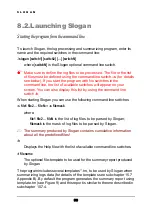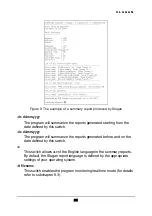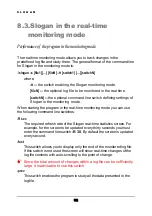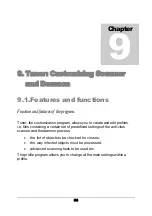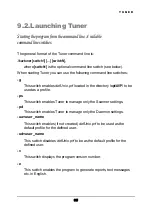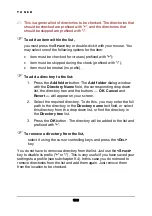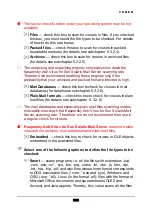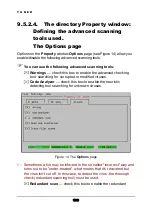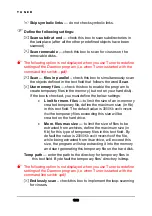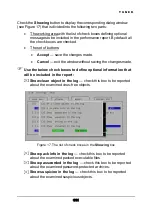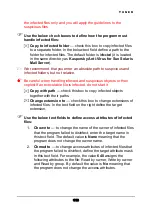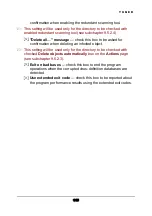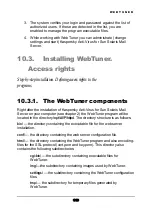
T U N E R
that are capable of containing a virus-code.
Programs
— scans all the files with extensions: .bat, .bin, .cla,
.cmd, .com, .cpl, .dll, .doc, .dot, .dpl, .drv, .dwg, .eml, .exe, .fpm,
.hlp, .hta, .htm, .htt, .ini, .js, .jse, .lnk, .mbx, .md*, .msg, .msi,
.ocx, .otm, .ov*, .php, .pht, .pif, .plg, .pp*, .prg, .rtf, .scr, .shs, .sys,
.tsp, .vbe, .vbs, .vxd, .xl*.
All files
— scans
every
file of
every
type (this value is equal to
the mask *.*).
User defined
— scans file types defined by the user for the
below text field. If you define more then one file type, they must
be separated by commas.
Define the files and/or directories to be ignored:
Exclude files
— check this box to enable the program to ignore
the files defined in the below text field. Enter the corresponding
filenames or the masks in the below text field. You can also use
the
Add
button to select these files from the directory tree in the
Add folder
box (for details see subchapter 9.5.1).
To make sure there is not virus in the location to be checked, it is
advisable to scan all the files (the
All files
option).
Exclude directories
—
check this box to enable the program to
ignore the files defined in the below text field. Enter the
corresponding directories in the below text field. You can also
use the
Add
button to select these directories from the directory
tree in the
Add folder
box (for details see subchapter 9.5.1).
9.5.2.3. The directory Property window:
Defining anti-virus actions
Options on the
Property
window
Actions
page (see Figure 13) allow you
to define actions that should be taken on infected and suspicious objects.
Select one of the following options to define how to handle
infected and suspicious objects:
Report only
— reports infected and suspicious objects.
Messages will be displayed and, if preset, logged into the file.
The program will not disinfect or delete infected objects.
104

